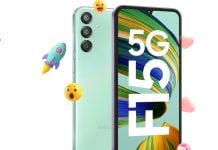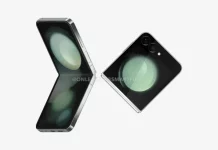Samsung has announced its Neo QLED, micro-LED, and lifestyle TV display panels at the virtual CES (Consumer Electronics Show) 2021. The Neo QLED is designed for upcoming 8K and 4K TVs from the brand. The 88-inch, 99-inch, and 110-inch MicroLED panels are designed for TVs that will be aimed towards general consumers.
The Neo QLED panel is based on mini-LED backlighting technology that features smaller LEDs that can focus light on a smaller area. The panel is equipped with up to 40 times smaller LEDs than conventional LEDs with full-array back-lighting. Adding more LEDs in a smaller area makes it possible for the display panel to offer precise backlighting control, improved HDR, higher contrast, and better brightness.
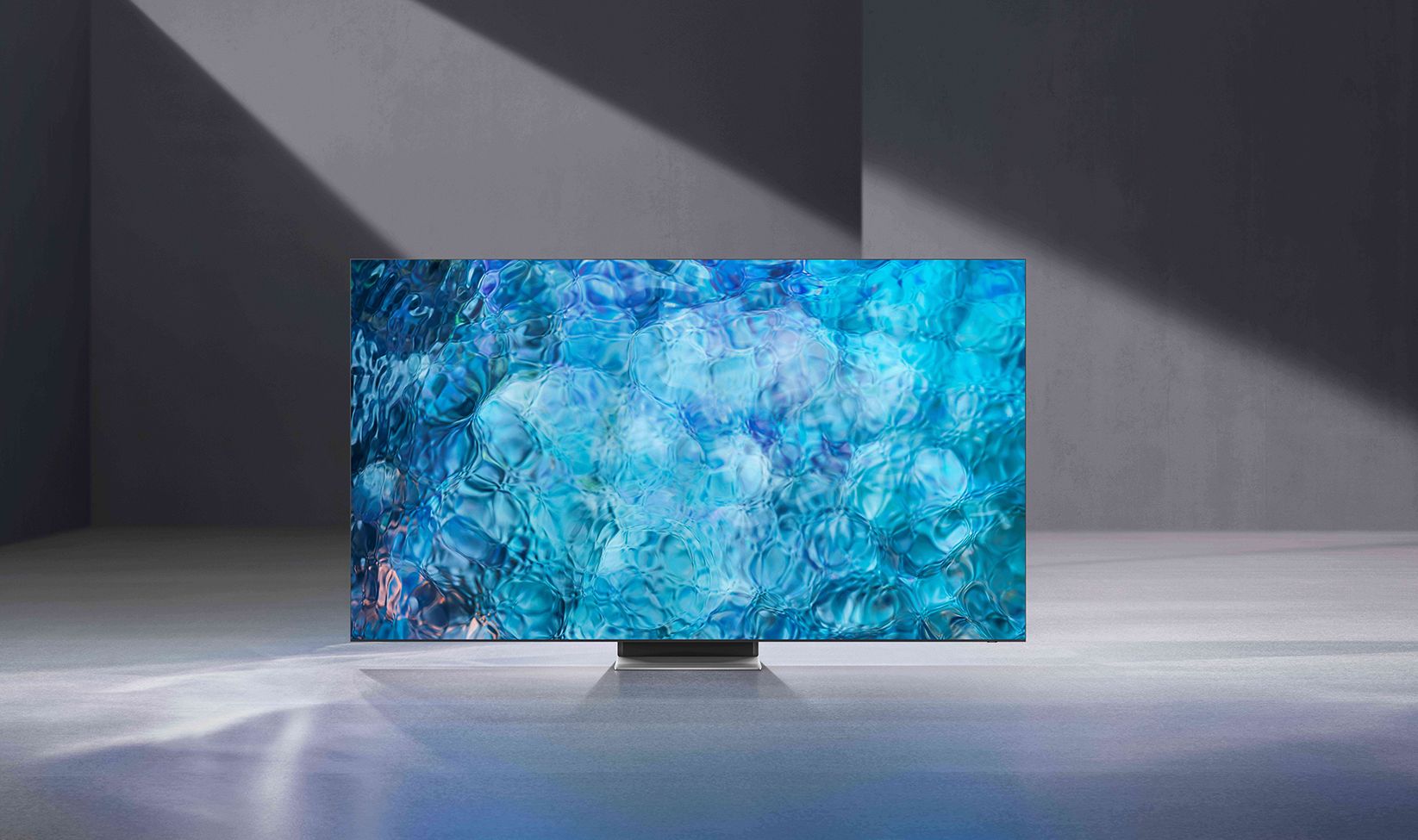
The Neo QLED panel is equipped with the Neo Quantum Processor (image processor) for AI upscaling with 16 neural networks to upscale image quality to the native resolution of the panel. The Neo QLED panel is built for Samsung’s QN900A 8K and QN90A 4K models. The new TVs featuring Neo QLED panels will offer features like super-slim bezels, 21:9 and 32:9 aspect ratios, a new audio system with object tracking and spatial optimization, and more.
TVs with MicroLED panels have only been aimed towards business since they are expensive. In 2021, the South Korean company will launch standard TVs with MicroLED panels for consumers.
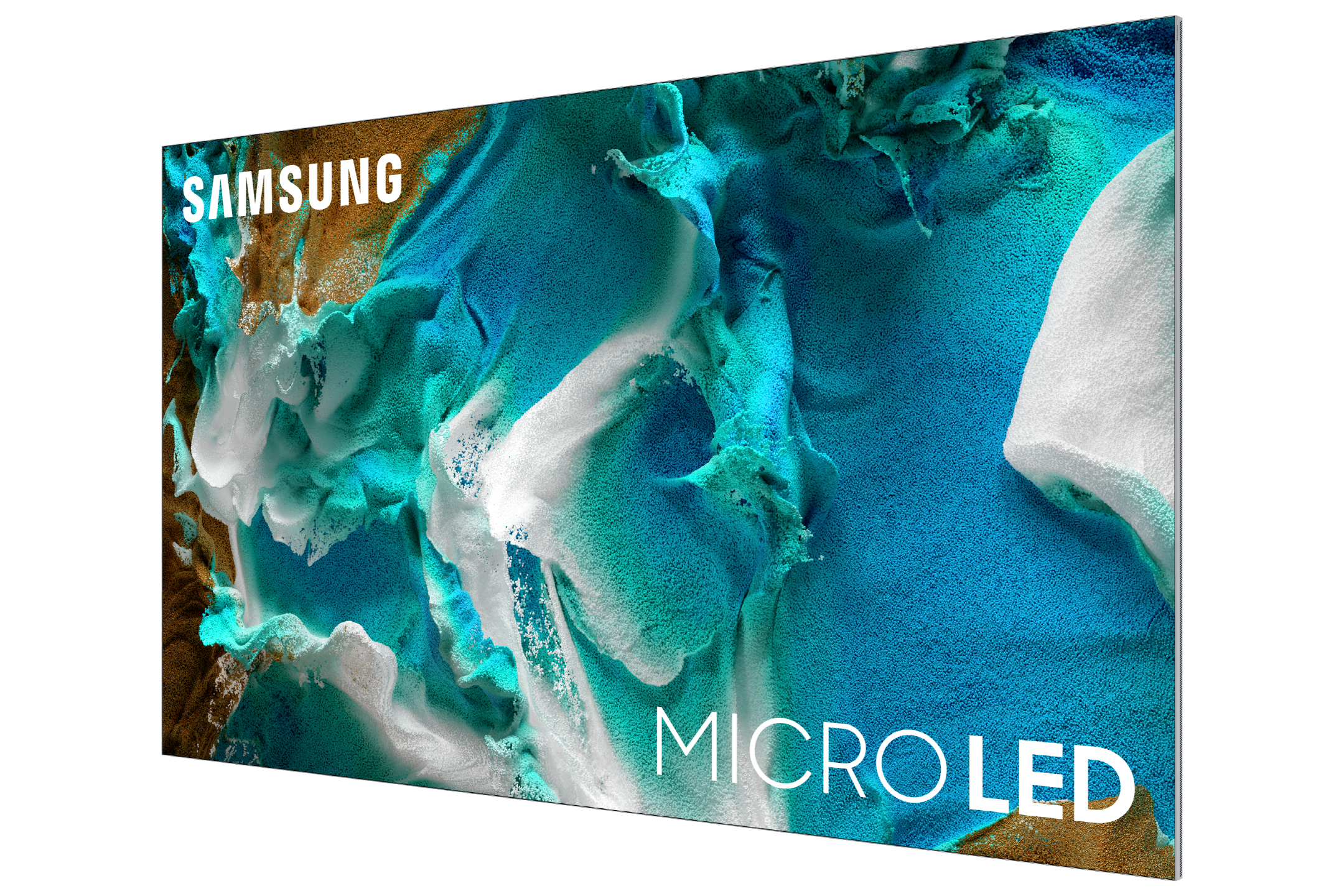
MicroLED panels have self-emitting LEDs for each pixel and there is no backlight required. It is better than an OLED panel as it offers accurate black levels and high brightness. The Multi View feature will allow users to view content from four different sources at the same time on the forthcoming MicroLED TVs.
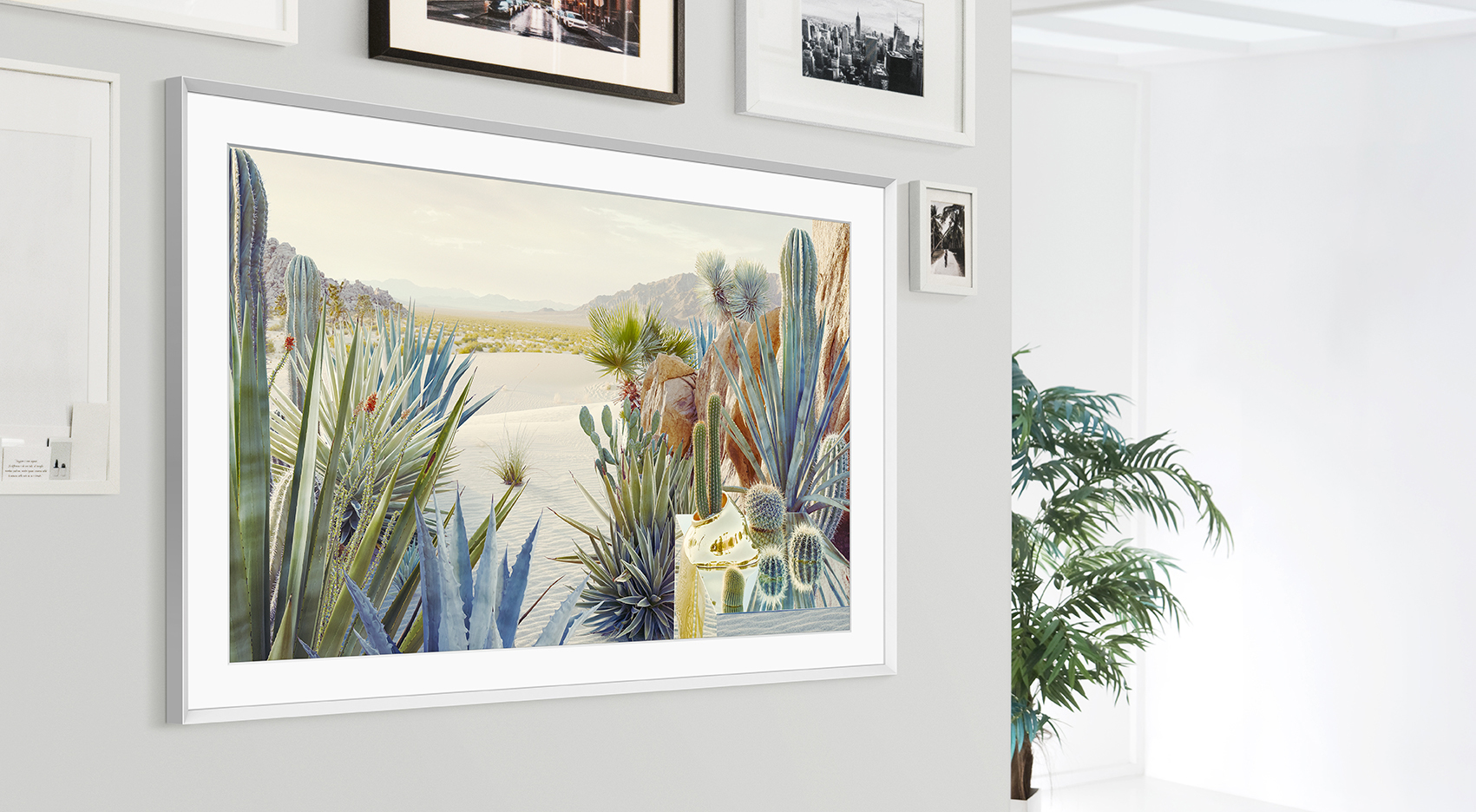
The 2021 Frame lifestyle range of TVs come with a reduced thickness of 24.9mm. The company is offering swappable bezels for 2021 Frames in five colors and two styles. Customers who subscribe to ArtStore can configure The Frame to display artwork when idle. Like before, it produces the same QLED 4K HDR image. In its quest to reduce carbon footprint, Samsung also announced a solar-powered remote control that can be charged with indoor/outdoor light sources or USB.
UP NEXT: Samsung Galaxy S21 series pricing for South Korea leaked


